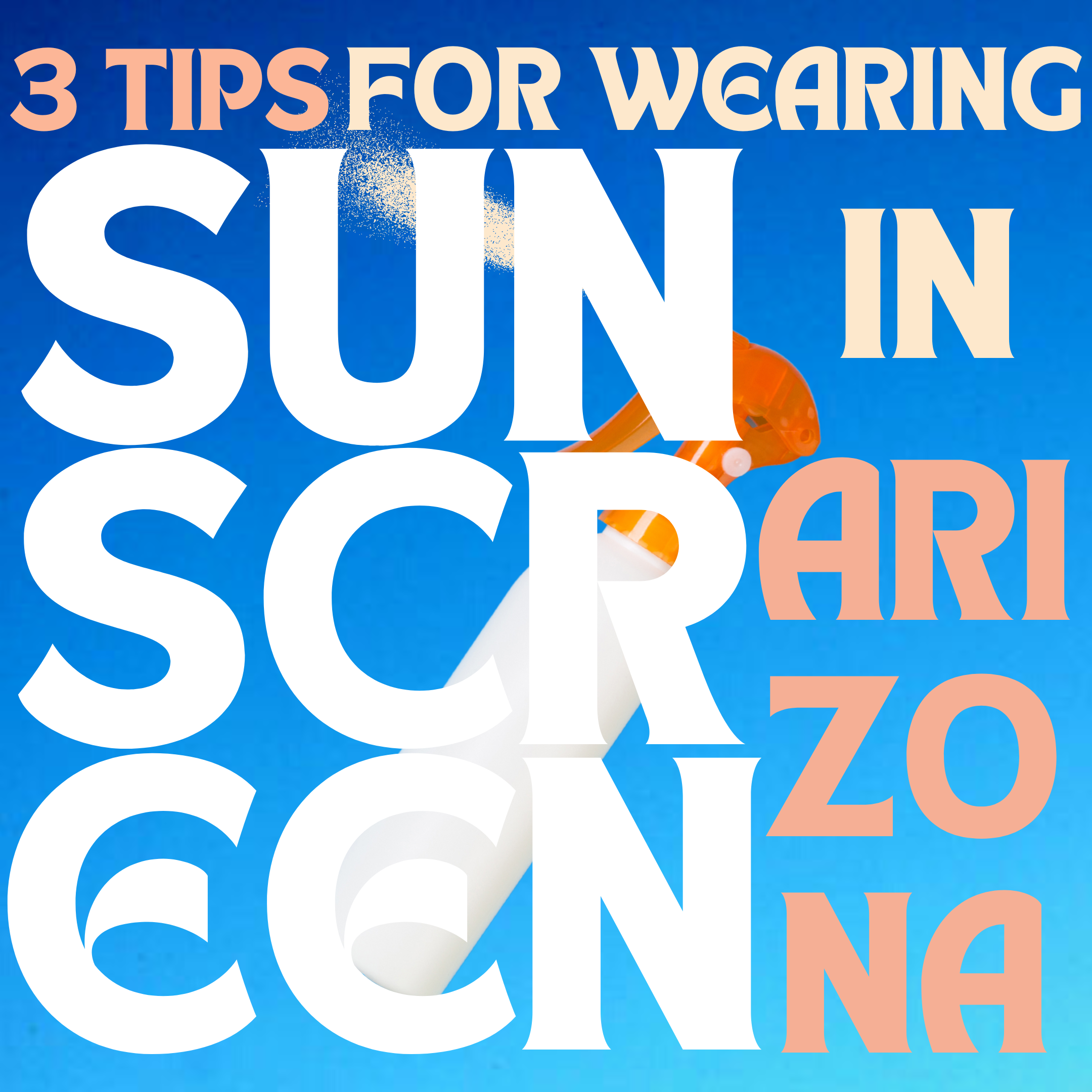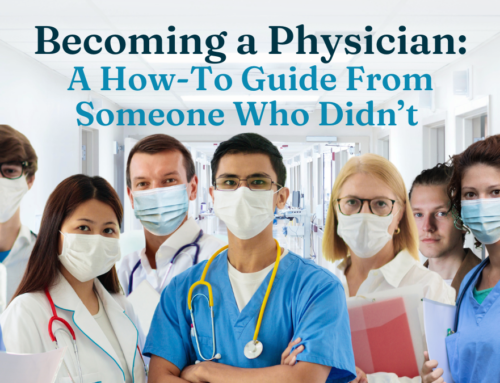
The State of Arizona is unique for many reasons: cactuses in parking lots, cooling patio misters outside of restaurants, and intense exposure to sunlight and ultraviolet (UV) rays. UV rays can be beneficial to our daily health in the production of Vitamin D, but too much sunlight can be detrimental and lead to the development of cancer. If only there existed an invisible source (like a screen) that could protect our bodies from UV exposure. Well, I have good news for you! Follow below for helpful tips on using sunscreen, the invisible shield, in the Arizona sun.
Should I Wear Sunscreen Every Day?
Short answer, yep. Long answer, you should wear sunscreen every day. No matter how sunny, cloudy, hot, or cold it is outside, your skin is exposed to UV rays from sunlight. Applying a base layer of sunscreen every morning and reapplying a recommended every 2 hours can be essential for proper protection. This daily routine can help defend against skin cancer and slow down early signs of aging like wrinkles, sun spots, and uneven skin tones. It can take 20 minutes for your skin to absorb the sunscreen properly, so consider timing your applications before you go outside.
What is the Best Sunscreen for Me?
Sunscreens come in different formulas, styles, and brands. Many are just marketing and don’t significantly affect the product’s performance. A key difference is whether the sunscreen has a mineral or chemical makeup. Mineral sunscreens use ingredients like zinc oxide or titanium oxide that sit on the skin’s surface. Chemical sunscreens have active ingredients like avobenzone or oxybenzone that are absorbed into the skin. Chemical sunscreens have been shown to enter the bloodstream, but it’s not been proven whether this is harmful.
Sun Protection Factor (SPF) is the most common measuring tool for deciding which sunscreen to use. It is true that the higher the SPF number, the better protection against UV rays. For example, an SPF 15 blocks approximately 15% of rays, and an SPF 50 blocks around 98%. Broad-spectrum sunscreen protects against different types of UV rays, UVA and UVB. Both types are known to cause skin cancer. UVB rays are what cause sunburn.
Children under six months do not need to wear sunscreen. Make sure that they are covered and well-shaded when outside to prevent sunburn. Some sunscreens claim to be designed for children, but this is just marketing. Any adult sunscreen will work for all ages.
What if I Don’t Have Sunscreen? How Can I Fight Off Those Darn UV Rays?
Arizona is uniquely positioned on the planet, which classifies large parts as a desert. When preparing for desert life, it is essential to utilize sun-blocking clothing. Ultraviolet Protection Factor (UPC) clothing offers a protective shield against UV rays. Paired with wide-brimmed hats and UV sunglasses, you’ll be well protected.
Final Tip: Stay Informed!
Monitor your surroundings every day. Check the UV report on your favorite weather app. Stay in the shade when you can. Read the label on your sunscreen bottle. All these tips and tricks can bring you one step closer to being safer in the sun. The best medicine is preventative medicine, so lather up that sunscreen and remember to drink lots of water.





